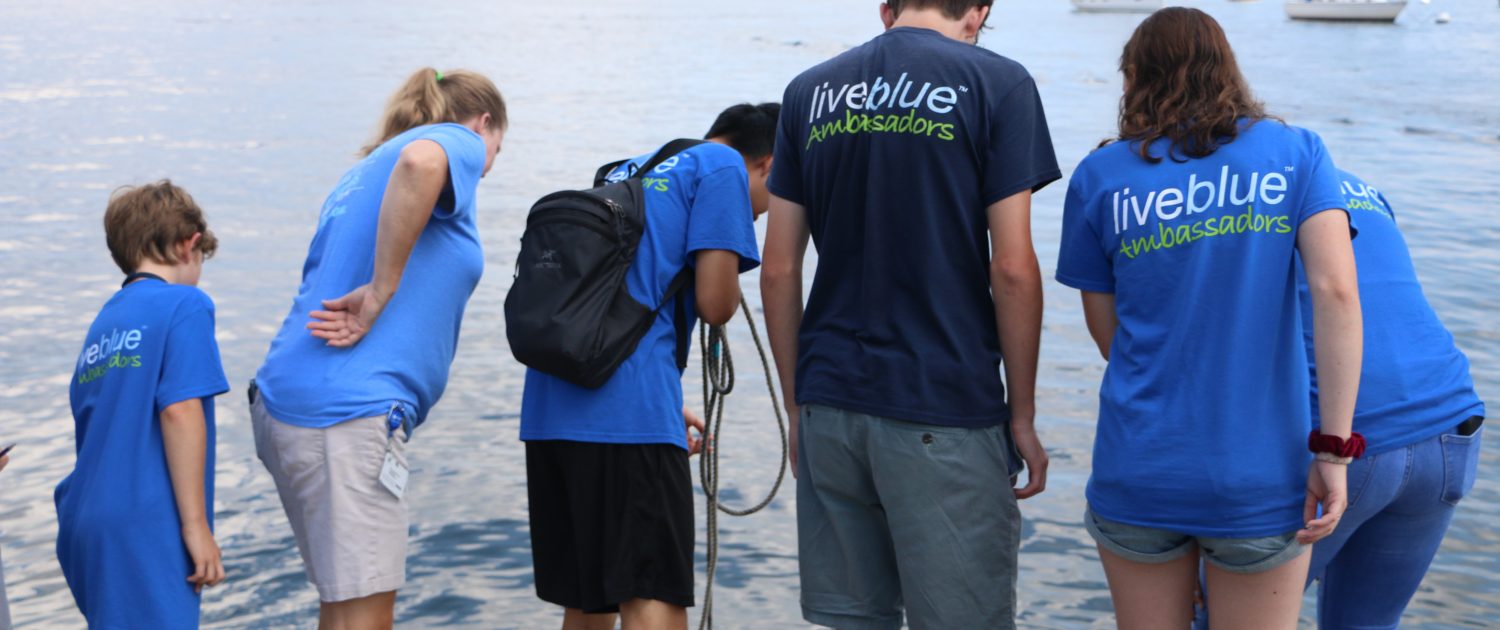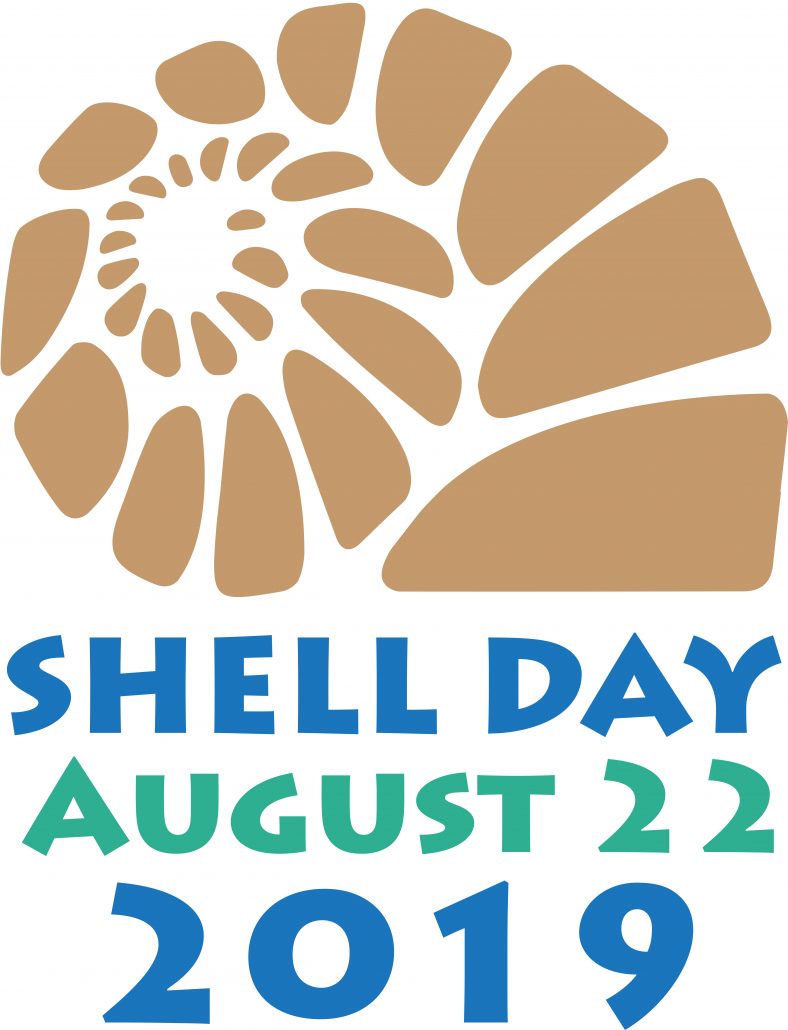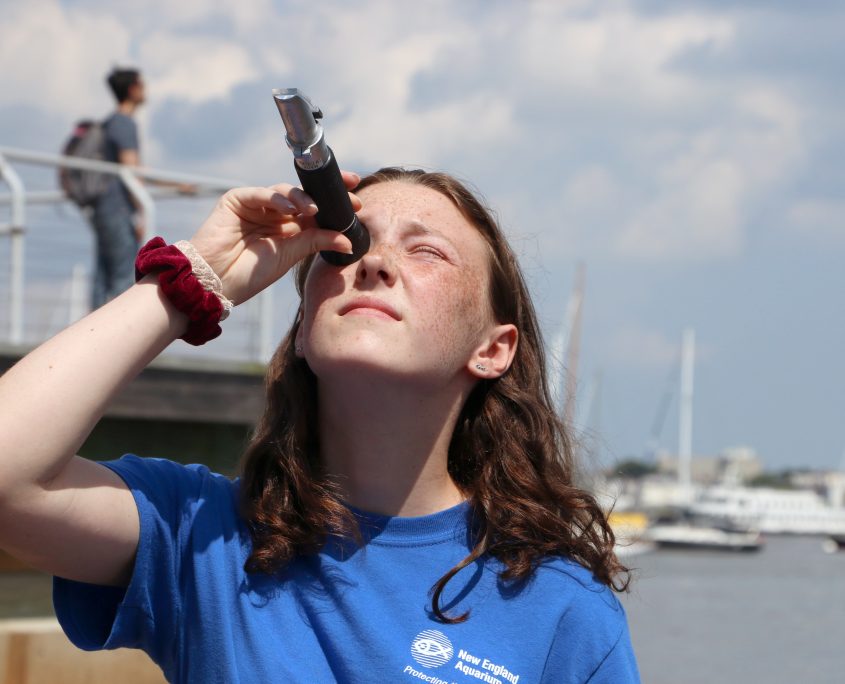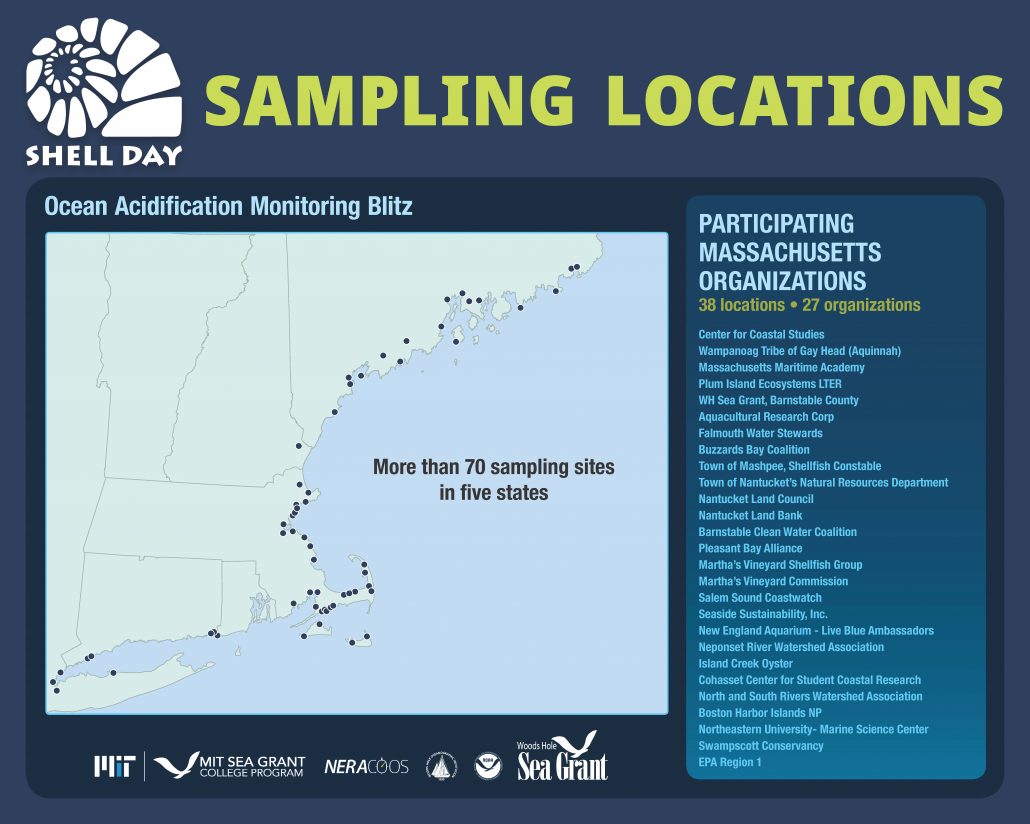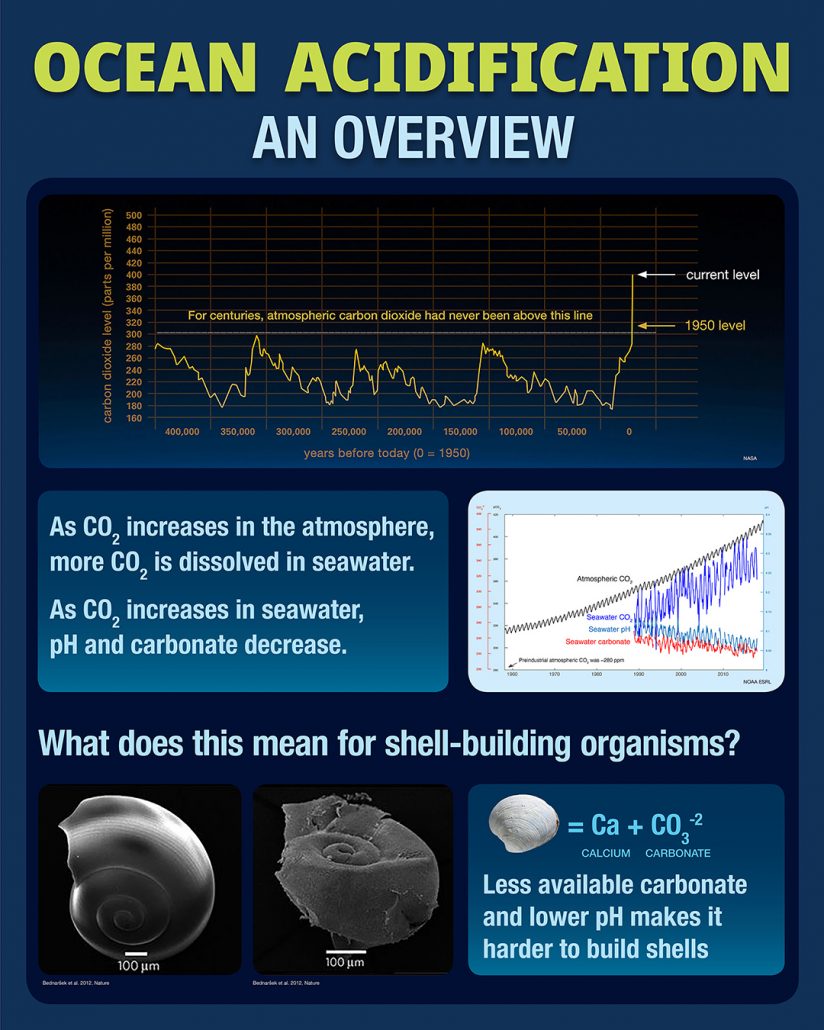Shell Day Ocean Acidification Monitoring Blitz Engages New England Coastal Stewards
Water quality groups and citizen scientists team up to create a regional snapshot of coastal conditions
Prepared with pre-cleaned glass bottles and precise sampling plans, a network of water quality groups spanning five states collected seawater samples simultaneously from over 70 coastal New England sites. On August 22, 2019, Shell Day participants set out to create a snapshot of conditions affecting shellfish and other regional coastal resources.
Coastal acidification and total alkalinity – the capacity of water to neutralize acid – can be difficult to monitor. Shell Day is part of a broader search for regional understanding at the local scale. In Massachusetts alone, 27 organizations led efforts at 38 sampling sites. Groups took water samples at low, mid, and high tide, working with citizen science volunteers and students to measure parameters like temperature, pH, and salinity, which is thought to correlate with total alkalinity.
The ocean acidification monitoring blitz was organized by scientists from multiple agencies collaborating with NECAN, the Northeast Coastal Acidification Network. MIT Sea Grant Marine Advisory staff helped to organize the collaborative blitz, and participated in Shell Day activities with the Neponset River Watershed Association, Swampscott Conservancy, Cohasset Center for Student Coastal Research, and New England Aquarium (NEAQ).
On Shell Day, a group of seven students from the NEAQ live blue™ Ambassador (LBA) program assembled at the Harborside Learning Lab to learn why acidic waters make it difficult for marine animals like clams and oysters to build strong shells. Aimee Bonanno, NEAQ Program Manager for the New England Ocean Science Education Collaborative, provided an introduction to ocean acidification before the mid-tide sampling.
LBA is a service learning program for teenagers who are interested in serving the Aquarium’s mission outside the walls of the Aquarium. Ambassadors engage with local organizations like Boston Harbor Now and the Charles River Conservancy, and participate in citizen science initiatives like Shell Day. From Boston’s Central Wharf, Bonanno and the students performed bucket sampling, walking through a variety of methods and instruments to collect and record their data.
By taking direct actions to improve coastal and local ecosystems, teens are learning first-hand what it takes to be an actively-engaged ocean steward.
– Lucy Indge, LBA Program Coordinator
Through opportunities like Shell Day, the students learn from and with professionals in a variety of environmental and conservation fields. Indge noted that many Ambassadors make connections that they use long after they have aged out of the program and continue on their own marine science paths.
The following day, the Massachusetts groups transported over 100 water samples to a network of participating labs for analysis. MIT and the Northeastern University Marine Science Center also hosted Shell Day Lab Open House sessions to create opportunities for citizen scientists to engage with researchers conducting the water analysis.
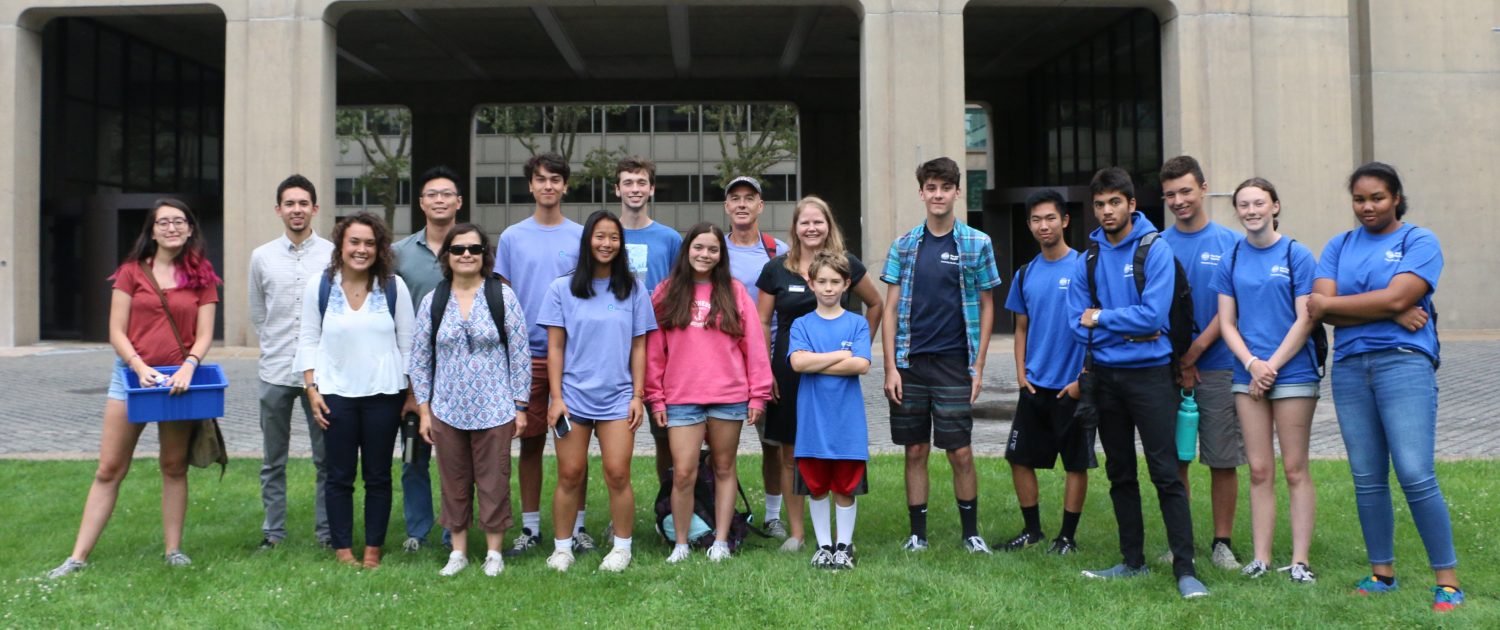
At MIT, the Ambassadors gathered at the MIT Department of Earth, Atmospheric, and Planetary Sciences (EAPS) Woosley Lab as part of a larger group of nearly 20 coastal stewards. Ryan Woosley, EAPS Principal Research Scientist focusing on ocean acidification, collaborated with MIT Sea Grant to host the Open House.
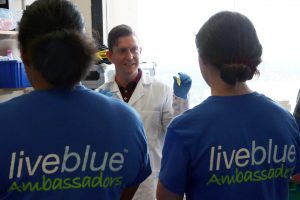
MIT Sea Grant Research Scientist Carolina Bastidas gave an introduction about the regional monitoring initiative, and Woosley took the group into ocean acidification research and global monitoring efforts. In his lab, he demonstrated how the water samples would be tested, and fielded questions about analysis instruments and impacts. Groups also had the opportunity to connect and share related research from their own organizations.
Partial funding for the project was provided by the NOAA Ocean Acidification Program. The American Geophysical Union awarded a grant for the project to Bastidas with MIT Sea Grant, which will be used to enable participating organizations to improve outreach and communicate results to their communities in the coming months.
New England’s poorly-buffered coastal waters are becoming more acidic due to the combined effects of ocean acidification, caused by emissions of carbon dioxide in the atmosphere, and coastal acidification, with local drivers like sewage treatment plants and stormwater. Monitoring is a critical step to developing solutions and building local resiliency. Collaborative initiatives like Shell Day are dually important for building coastal networks to support the next generation of ocean and coastal stewards.

